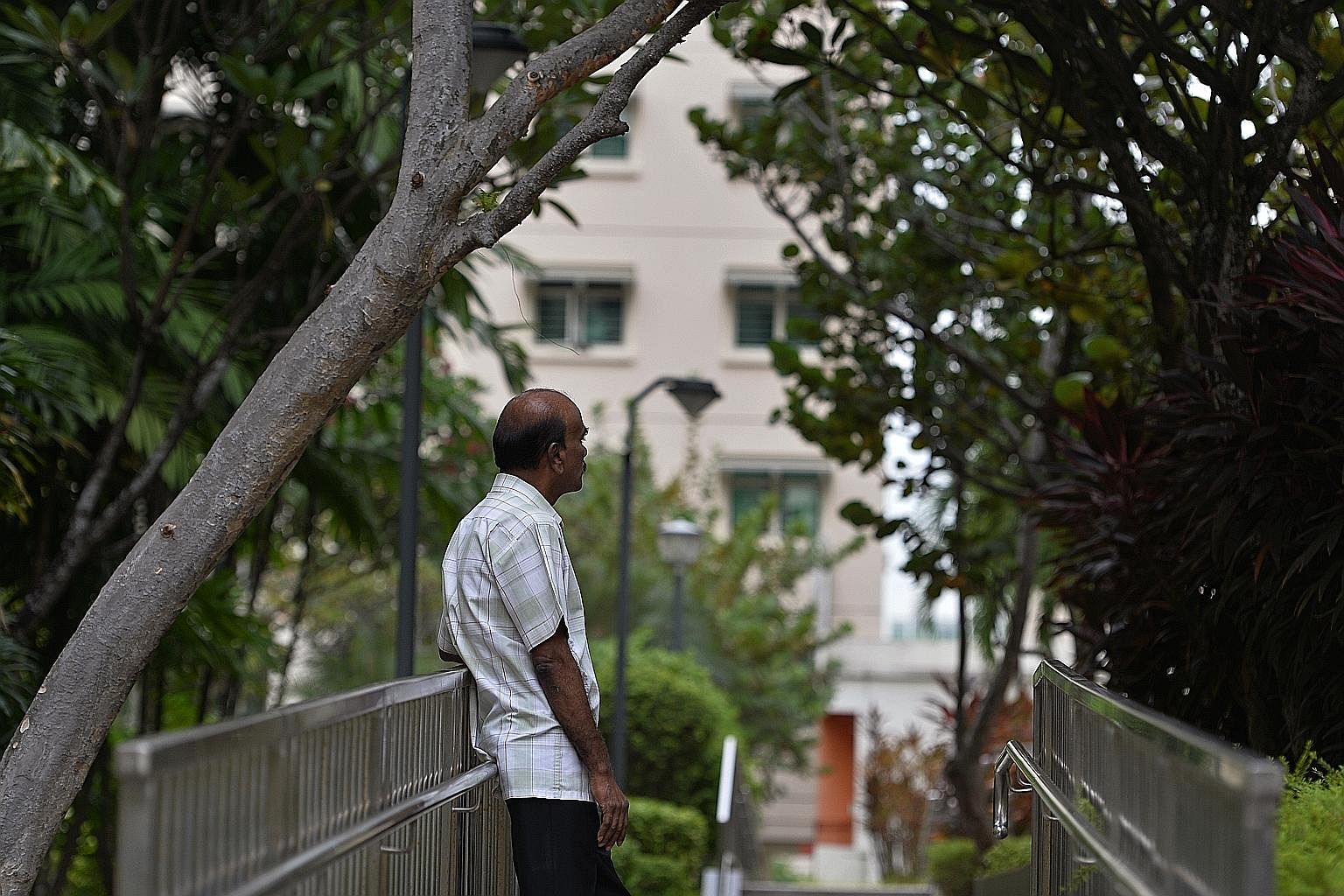More bankrupts are being discharged and the number of bankruptcy orders made last year fell after a high in 2013.
There were 3,546 cases of bankrupts being discharged last year, a 37 per cent increase from the 2,584 in 2013, according to latest figures from the Insolvency Office under the Ministry of Law.
The number of bankruptcy orders made last year also fell to 1,758, after 2013 saw 1,992 orders made - the highest since 2009.
The rise in discharges may be due to a better and more robust system for bankrupts set in place, said Mr Alfred Chia, chief executive of financial advisory firm SingCapital.
"The Official Assignee (OA) may now be more understanding and pay more attention to individual cases," said Mr Chia. "They may be more willing to give a second chance to bankrupts who stick to the repayment scheme, and work and cooperate with them to pay off their debts in a timely manner."
-
3,546
Number of bankrupts discharged last year, a 37 per cent increase from the 2,584 in 2013
1,758
The number of bankruptcy orders made last year
934
Number of people currently on the Debt Repayment Scheme which was started in 2009 to help those with debts of under $100,000
Lawyer Andrew Goh, who handles insolvency cases, said the OA has a large part to play, as the office holds a lot of discretion in discharging bankrupts.
"Perhaps bankrupts are also better behaved these days," Mr Goh said.
But Mr Chia cautioned against viewing the increase in discharges as an indication that it is easier to get out of bankruptcy now.
"Bankruptcy should always be a last option, and people should always look into schemes to address their debt before that," said Mr Chia.
These include the Debt Repayment Scheme (DRS), which was started in 2009 to help those with debts of under $100,000 avoid bankruptcy by letting them pay off their debts in instalments.
There are currently 934 people on the DRS at the end of June.
Lawyer Vijai Parwani said the scheme could have contributed to the falling rates of bankruptcy orders made last year, as those under the scheme would not be declared bankrupt.
Overall, the number of undischarged bankrupts continue to shrink, with the total number of such people as at the end of May standing at 22,096 compared with almost 25,000 three years ago.
In the first half of this year, 1,303 were discharged. There were 884 bankrupts declared within the same period, and general reasons given by the Insolvency Office include overspending, business failure, unemployment and guarantor liability.
Credit Counselling Singapore (CCS) may also have helped some people avoid becoming bankrupt, said its general manager, Ms Tan Huey Min.
More people have been approaching CCS for help in recent years, possibly because of tighter credit rules which kicked in at the start of last month, she said.
From June 1, those with total unsecured debt of more than 24 times monthly income for more than 90 days are unable to get more unsecured loans.
From June 1, 2017, the limit will be 18 times the borrower's monthly income. From June 1, 2019, the limit will be 12 times monthly income.
The changes were first announced in September 2013 and adjusted in April this year.
"Other than learning of the rule changes, there may have been more awareness about our institution. They may have heard about CCS through the media and are aware that they have a debt issue," said Ms Tan.
Insolvent persons are discharged when their debts are paid in full or if creditors accept a settlement offer.
The OA can also decide to discharge a bankrupt after three years and if the debts do not exceed $500,000. Factors such as cause of bankruptcy, assets, age and conduct are taken into account.
•Additional reporting by Rennie Whang
Stressful, but can be overcome

Bankruptcy can be a stressful time, but it can be overcome, said a former bankrupt who wanted to be known only as George, 63.
He was declared bankrupt in 2005, after he could not afford to pay off his car loan instalments of about $30,000.
"I was naive and didn't know what to do.
"When the creditors said they wanted to sue me, I just went to court and declared bankruptcy when I couldn't pay them."
He had been dipping into his savings when his shipping business was faring poorly. The last straw came when several of his clients cheated him out of almost $60,000, he said.
"The money that was supposed to come in didn't, and one party said they had already paid someone else, whom I couldn't track down."
The bankruptcy put some strain on his relationship with his wife and three children, but George said he was grateful that they stuck by him.
He was discharged in 2007 under the Official Assignee's discretion as his debts did not exceed $500,000.
He returned to the shipping industry after he was cleared to open a business again, but was eventually forced to shut it down for good in 2011 because it failed to take off.
He said: "I learnt my lesson. If you can't run a business and don't know your clients, don't do it."
Lester Hio


